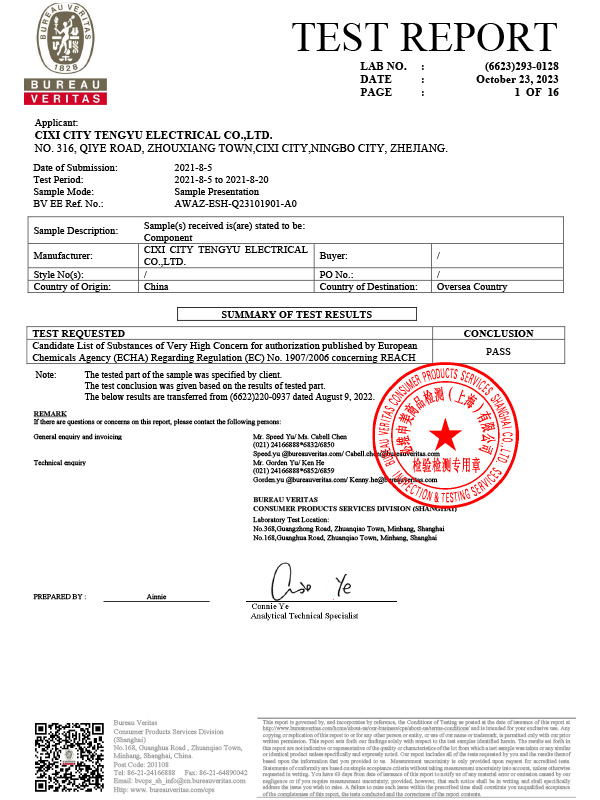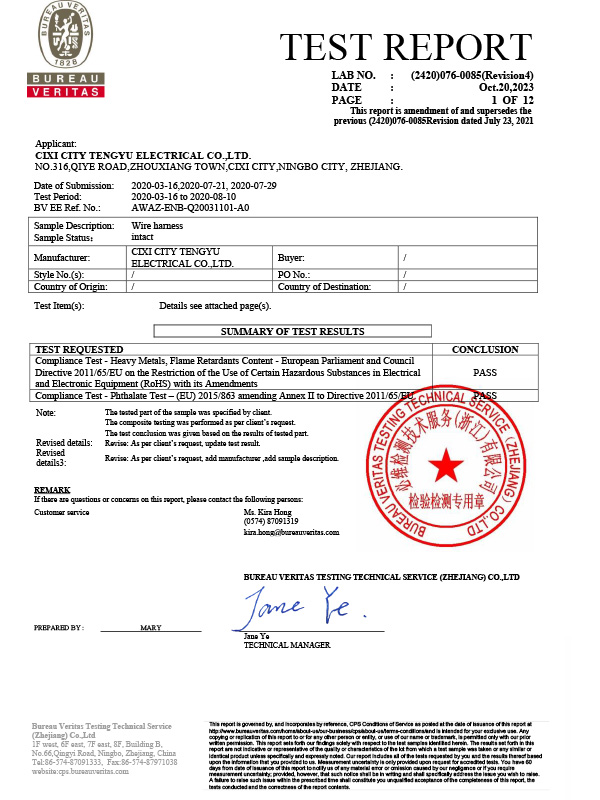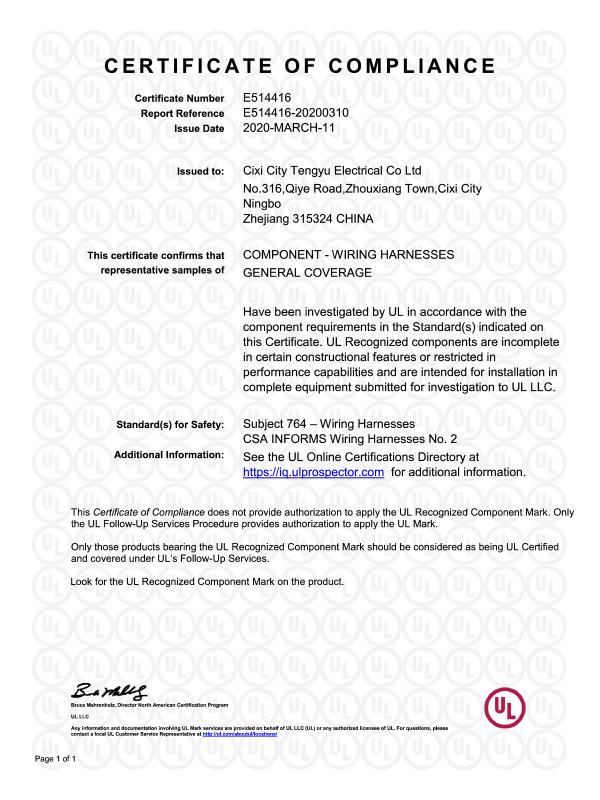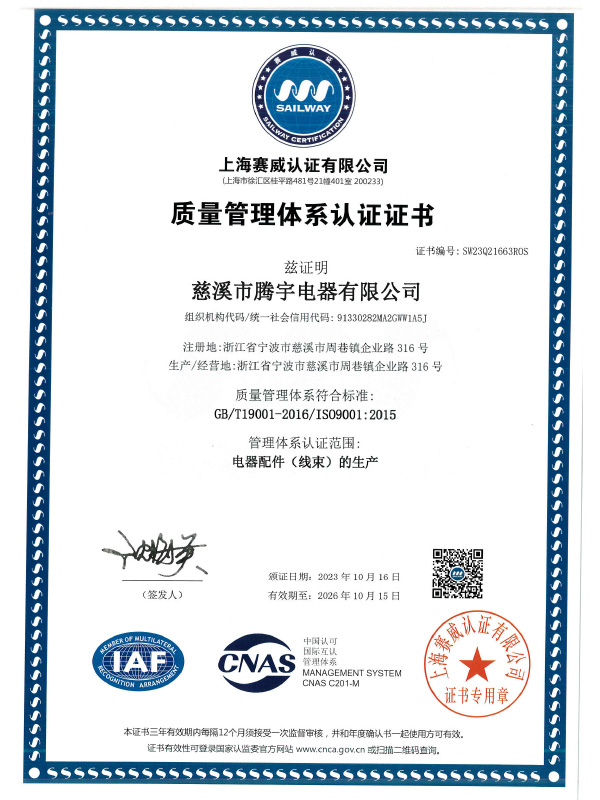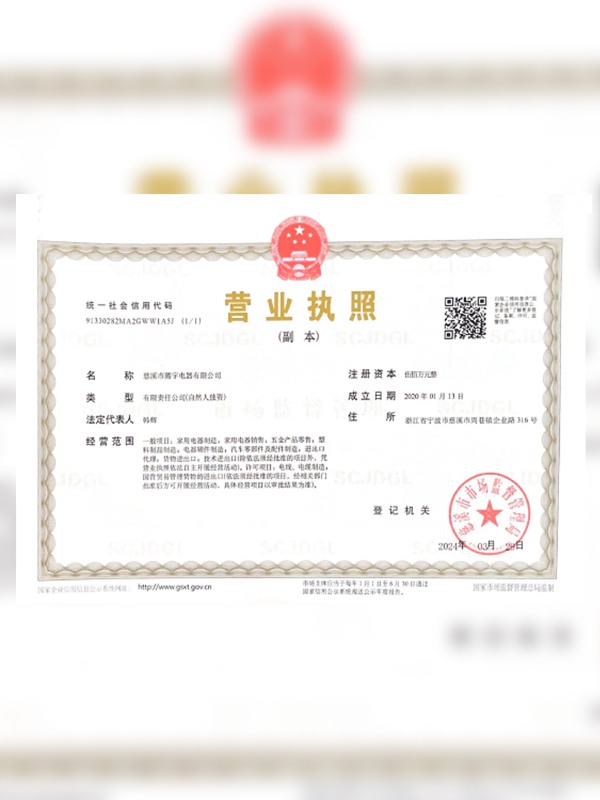What are the advantages of using an NTC temperature sensor in wine racks compared to PTC or digital temperature sensors?
In wine storage, temperature control is crucial for ensuring stable wine quality. Various temperature sensors are widely used in wine cabinets, wine cellars, and wine rack systems, with NTC (negative temperature coefficient thermistor) temperature sensors, PTC (positive temperature coefficient thermistor) temperature sensors, and digital temperature sensors being the most common solutions. As the consumer market continues to demand precision and intelligent wine storage, choosing the right temperature sensor is crucial.
Response Sensitivity and Measurement Accuracy
The ideal storage temperature for wine is typically between 12°C and 18°C. Excessive temperature fluctuations can affect the wine's taste and shelf life. The key advantage of NTC temperature sensors is their nonlinear resistance change with temperature and their high sensitivity, enabling precise sensing within a small temperature range. This characteristic enables them to quickly detect subtle changes in ambient temperature in temperature-controlled wine cabinets and racks. In contrast, the temperature-resistance relationship of PTC sensors is less sensitive at low temperatures, often requiring a large temperature difference to trigger a significant change, making it unsuitable for maintaining a constant temperature for wine. While digital temperature sensors can output direct temperature data, their response speed is relatively slow and their cost is high when deployed at multiple locations.
Cost and Compatibility
Wine storage equipment often requires more than just single-point monitoring; multiple sensors are deployed in different locations to eliminate temperature variations caused by varying bottle placement. Therefore, the sensor's cost-effectiveness is crucial.
NTC temperature sensors have a mature production process and relatively low manufacturing costs, allowing for multi-point deployment without sacrificing performance. For wine rack manufacturers, this advantage helps control costs while improving overall product performance. In contrast, digital temperature sensors require more complex circuitry and a higher overall cost, making them unsuitable for large-scale distributed applications. Furthermore, PTCs are primarily used for overcurrent protection in wine applications and are not suitable for precise temperature control.
Stability and Long-Term Reliability
Cixi Tengyu Electric Appliance Co., Ltd. rigorously controls its NTC temperature sensor production process, employing internationally advanced testing and quality management systems to ensure long-term stable operation in the high-humidity, low-vibration wine rack environment. Wine storage often lasts for years, making long-term drift control of temperature sensors particularly critical.
NTC sensors offer greater stability through structural design and material selection. In contrast, digital temperature sensors may be limited by the packaging process and are susceptible to degradation in the high-humidity wine cellar environment. PTC sensors also face increasing accuracy issues when subjected to long-term, small temperature fluctuations.
System Integration and Design Flexibility
NTC sensors offer flexible interfaces, allowing for direct integration with analog circuits or integration with MCU systems via simple circuits. At Tengyu Electrical, our R&D team customizes sensors with various packaging options (such as epoxy, glass, and stainless steel probes) and resistance values to meet diverse wine rack design requirements. While digital sensors offer convenient data output, their size and wiring complexity often impose design limitations in space-constrained wine rack systems. PTCs lack similar flexibility, limiting their application.
|
Sensor Type
|
Sensitivity (in wine storage range)
|
Response Speed
|
Cost Efficiency
|
Long-term Stability
|
Suitable for Multi-point Deployment
|
|
NTC Temperature Sensor
|
High (ideal for 12–18℃ range)
|
Fast
|
High
|
Excellent
|
Very Suitable
|
|
PTC Temperature Sensor
|
Low in low-temperature range
|
Medium
|
Medium
|
Good
|
Limited
|
|
Digital Temperature Sensor
|
Medium
|
Relatively Slow
|
Low
|
Medium
|
Less Suitable (due to cost)
|
How to calibrate a red wine shelf NTC temperature sensor to ensure long-term accuracy
Why is it necessary to calibrate an NTC temperature sensor?
NTC temperature sensors monitor temperature by changing their resistance with temperature. However, over long-term operation, the sensor may be affected by the following factors:
Resistance drift due to material aging
Humidity inside a wine cellar or wine cabinet degrades packaging performance
Noise in the circuit system interferes with signal accuracy after long-term operation
These issues can cause the sensor output to deviate from the actual temperature. Therefore, regular calibration is essential to maintain sensor accuracy.
Basic Calibration Methods
- Single-Point Calibration
Under constant temperature conditions, the sensor is measured against a standard thermometer, the deviation is recorded, and corrections are applied within the control system. This method is simple but only suitable for applications with small temperature fluctuations.
- Multi-Point Calibration
Compare the sensor at different temperature ranges (e.g., 10°C, 15°C, and 20°C) to establish a correction curve. This method is more suitable for wine racks, as the temperature range for wine storage is relatively narrow, requiring accuracy at multiple points.
- Software Compensation
The NTC's resistance-temperature curve is mathematically modeled using an MCU or control system, and dynamic compensation is performed based on measured deviations. This is a common method used in smart wine racks and effectively offsets sensor drift over time.
|
Calibration Method
|
Accuracy Improvement
|
Cost Level
|
Suitable for
|
Long-term Stability
|
|
Single-Point Calibration
|
Moderate
|
Low
|
Simple systems
|
Limited
|
|
Multi-Point Calibration
|
High
|
Medium
|
Wine shelves / cabinets
|
Excellent
|
|
Software Compensation
|
Very High
|
Medium-High
|
Smart control systems
|
Excellent
|
Calibration and Quality Management Advantages of Cixi Tengyu Electric Appliance Co., Ltd.
As an international supplier, Teng Yu Electrical strictly adheres to standardized processes in calibration and production:
Raw Material Testing: Each batch of thermosensitive materials is tested for performance before production to ensure consistency in their resistance curves.
Production Process Monitoring: Automated equipment and process controls ensure sensor consistency before shipment.
Laboratory Comparison Calibration: Sensors are calibrated at multiple points using a high-precision constant temperature bath and a standard thermometer, ensuring a deviation of less than ±0.2°C within the 12°C–18°C temperature range. Long-term reliability testing: Simulating high humidity and temperature fluctuations in environments to verify sensor performance stability after thousands of hours of operation.
This comprehensive quality management process ensures the long-term reliability of the Red Wine Shelf NTC Temperature Sensor in customer applications.
Calibration Frequency and Application Recommendations
In actual use, wine rack manufacturers can develop a calibration schedule based on the following recommendations:
For high-end smart wine cabinets, system calibration is recommended every 12 months.
For general wine racks or constant temperature display cabinets, inspection is recommended every 24 months.
If the device operates in high humidity or high-frequency switching environments for a long time, it is recommended to shorten the calibration interval.
What are the differences between different packaging types for Red Wine Shelf NTC Temperature Sensors in wine rack applications?
Epoxy Coating
Epoxy-encapsulated NTC temperature sensors are widely used in entry-level and standard wine rack systems due to their low cost, mature manufacturing process, and compact size. The epoxy material effectively protects sensitive components from short-term humidity and dust, while also offering a fast thermal response.
In wine rack applications, epoxy-encapsulated sensors are suitable for placement in well-ventilated areas, enabling real-time monitoring of ambient temperature. However, their limited resistance to moisture and long-term aging makes them unsuitable for long-term high-humidity environments or for high-end wine storage systems requiring extremely high precision.
Glass Encapsulation
Glass-encapsulated NTC temperature sensors are known for their high stability and excellent sealing properties. Glass effectively resists moisture and chemical corrosion, with minimal resistance drift over long-term use. They are suitable for high-end wine storage systems requiring years of stable operation. In wine rack applications, glass-encapsulated sensors are particularly suitable for long-term monitoring of the core temperature zone in wine cellars or closed wine cabinets. While their thermal response speed is slightly slower than epoxy-encapsulated sensors, they offer superior accuracy and long-term reliability, ensuring ideal wine storage conditions during long-term storage.
Stainless Steel Probe
Stainless steel probe NTC temperature sensors combine mechanical strength with environmental adaptability. The stainless steel housing offers excellent protection against physical shock, temperature and humidity fluctuations, and external mechanical friction, making them particularly suitable for use in complex or harsh environments.
In wine rack applications, stainless steel probes are typically used where direct contact monitoring is required, such as close contact with the surface of a wine bottle or embedded in a cooling module. Their thermal response speed is slightly slower than epoxy-encapsulated sensors, but they offer superior protection and adaptability, making them particularly suitable for large-scale commercial wine storage and display systems.
|
Packaging Type
|
Response Speed
|
Moisture Resistance
|
Long-term Stability
|
Mechanical Strength
|
Typical Application in Wine Rack
|
|
Epoxy Coating
|
Fast
|
Moderate
|
Medium
|
Low
|
Airflow monitoring, standard wine racks
|
|
Glass Encapsulation
|
Medium
|
Excellent
|
Very High
|
Medium
|
Premium wine cellars, long-term storage
|
|
Stainless Steel Probe
|
Medium-Slow
|
Excellent
|
High
|
Excellent
|
Direct contact monitoring, commercial wine cabinets
|
Advantages of Cixi Tengyu Electric Appliance Co., Ltd.
Teng Yu Electrical rigorously controls every process in the design and production of various packaging options, ensuring that its products maintain optimal performance in a variety of application scenarios:
Epoxy packaging: Provides a cost-effective solution that meets the needs of large-scale production and standardized wine racks;
Glass packaging: High-precision production and rigorous testing ensure long-term sensor stability in high-humidity environments;
Stainless steel probe: Combining mechanical design and electrical performance, we provide customized solutions to meet customers' specific installation requirements.
Leveraging a professional R&D team and a scientific management system, the company offers customers flexible packaging options and reliable performance. We also support customized designs to ensure that our products are perfectly compatible with customers' wine rack systems.




 中文简体
中文简体
